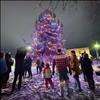Considering consequences
Students learn about aquatic invasive species, prevention efforts

Karen Peterson
Students learn how easy it is to transfer aquatic invasive species from one body of water to another by pretending a fish tank is the lake.
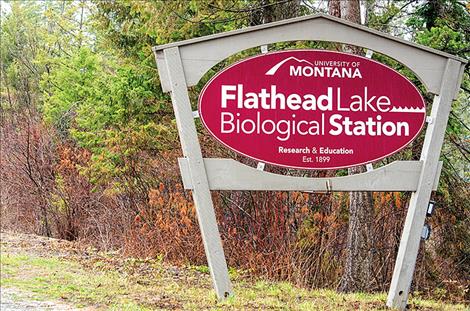
Karen Peterson
This year’s mussel walk included an indoor component with various educational activities at the Flathead Lake Biological Station.
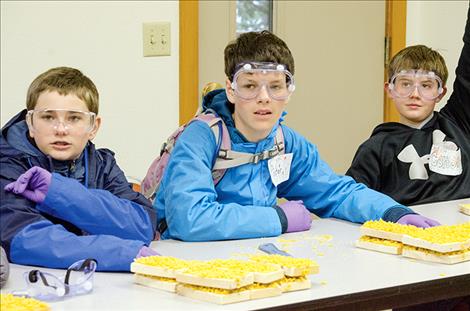
Karen Peterson
Students learn what it could be like to scrape mussel shells off a dock by attempting to scrape off macaroni glued to a board.
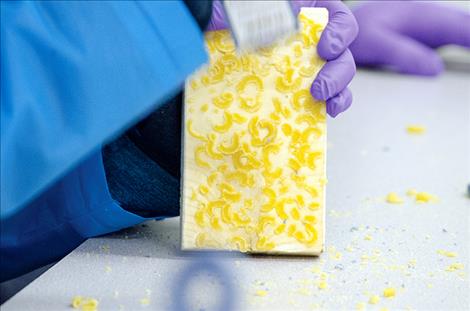
Karen Peterson
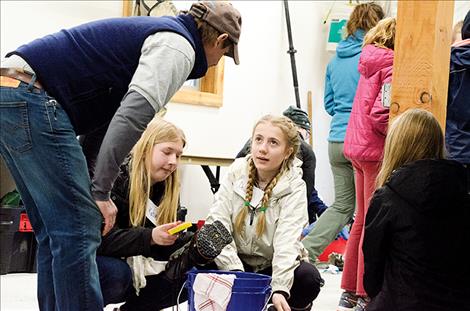
Karen Peterson
Research specialist Phil Matson talks to students about the importance of cleaning and drying all things brought to water bodies including boots.
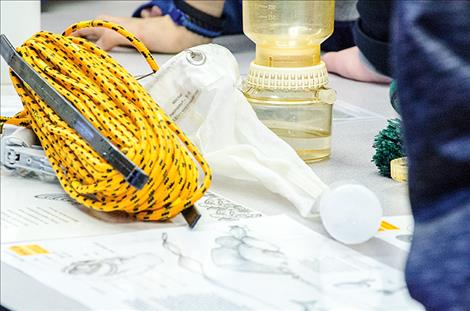
Karen Peterson
Flathead Lake Biological Station research specialists show students the tools they use to collect water samples from the lake to test for AIS.
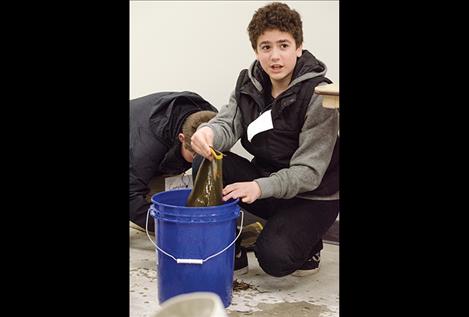
Karen Peterson
Daxter Stone, seventh grader, learns to clean a boot to prevent contaminated water from getting into any other body of water.
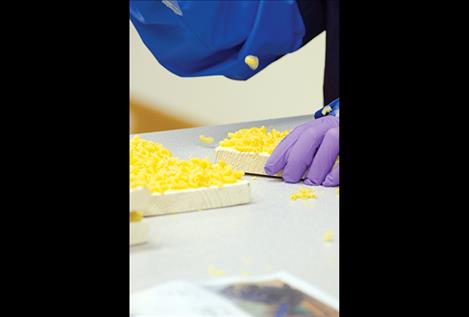
Karen Peterson
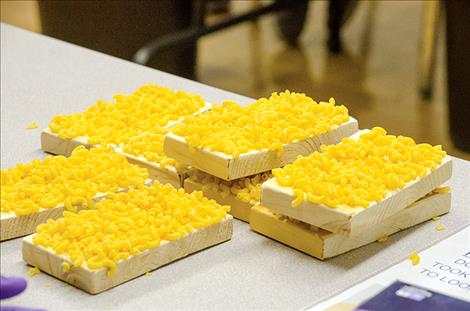
Karen Peterson
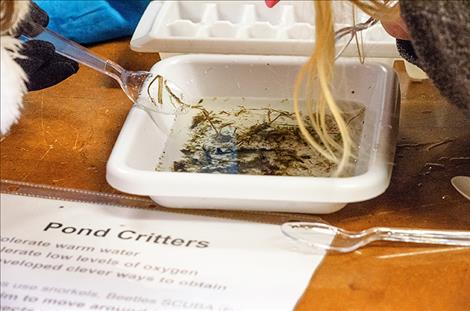
Karen Peterson
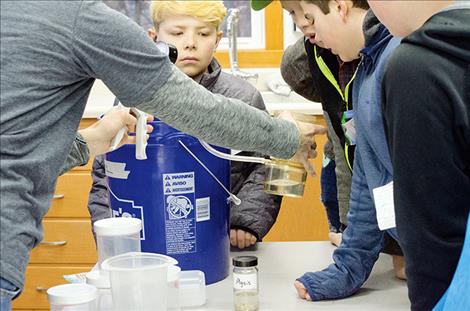
Karen Peterson
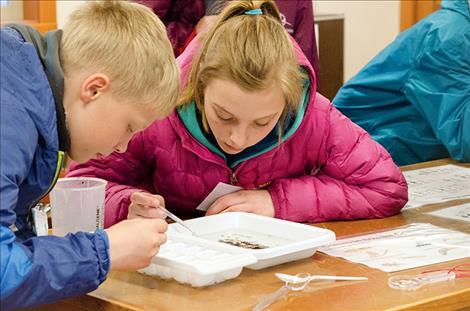
Karen Peterson
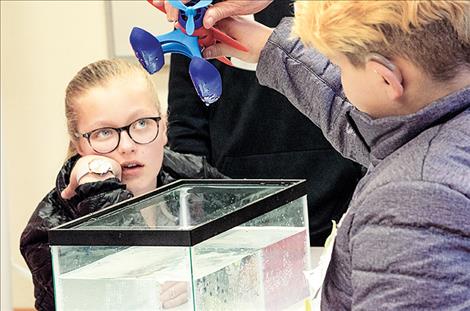
Karen Peterson
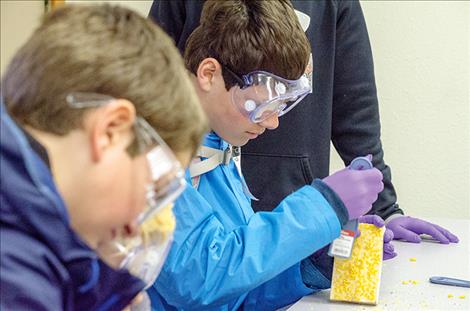
Karen Peterson
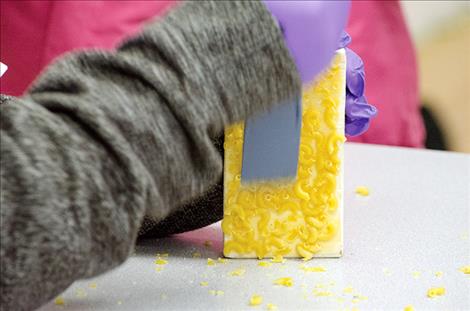
Karen Peterson
Issue Date: 4/18/2018
Last Updated: 6/5/2018 1:31:44 PM |
By
Karen Greene
Keep Reading!
You’ve reached the limit of 3 free articles - but don’t let that stop you.

